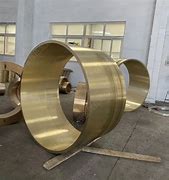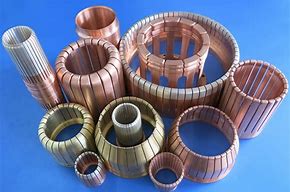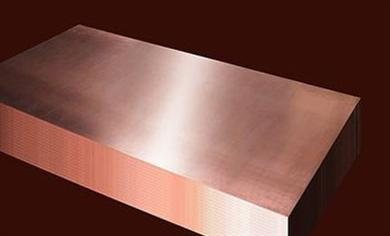**Copper Pipe Bending: A DIY Guide to Smooth Curves and No Kinks**
(How To Bend Copper Water Pipes)
Bending copper pipes sounds tricky. You might picture expensive tools or a plumber’s helper. Truth is, with some patience and basic gear, you can shape copper tubes like a pro. Let’s break it down step by step.
First, gather your tools. You’ll need a pipe bender—a handheld tool with labeled sizes. A measuring tape, marker, and sandpaper are key too. For safety, grab gloves and goggles. Copper is soft, but sharp edges or flying debris can still hurt.
Measure twice, bend once. Decide where the curve needs to go. Mark the exact spot on the pipe. If you’re replacing an old pipe, match the angle using a template. For new projects, sketch a rough plan. Precision here saves headaches later.
Prep the pipe. Sand the marked area lightly. This removes dirt and rough spots, helping the bender grip better. If the pipe’s inside is clogged, blow air through it or rinse with water. Dry it completely. Moisture trapped inside can cause cracks when bending.
Time to bend. Slide the pipe into the bender until your mark lines up with the tool’s center. Hold the bender handles firmly. Apply steady pressure—no jerking. Push until the pipe matches your desired angle. Overbending? Not a disaster. Copper is forgiving. Bend slightly past your goal, then ease back. The metal will spring back a little.
Check your work. Lay the pipe against your template or project area. Gaps mean adjustments are needed. Too tight? Heat the bend area lightly with a torch (keep it moving to avoid scorching). Softened copper reshapes easier. Let it cool before testing again.
Kinks are the enemy. A collapsed pipe blocks water flow. Avoid this by filling the tube with sand before bending. Cap both ends with duct tape. The sand absorbs pressure, keeping the pipe round. Done bending? Dump the sand and rinse the pipe.
No bender? Improvise. Wrap the pipe around a sturdy cylinder—like a bucket or post—matching your curve’s radius. Go slow. Use your knee as a pivot point for sharper angles. This “freehand” method takes practice but works in a pinch.
Bent pipes not sealing? Check for oval-shaped ends. Use a pipe expander to round them out. Or trim the damaged section with a tube cutter. Clean cuts matter. A jagged edge leaks, no matter how tight the fitting.
Practice makes progress. Scrap copper is cheap. Test bends on spare pieces first. Notice how force affects the curve. Soft hands prevent creases. Muscle memory builds fast. Soon, you’ll eyeball angles without measuring.
Still stuck? Ask a hardware store pro for tips. Many demo tools in-store. Watch their technique—how they position hands, adjust pressure, or tweak angles. No shame in learning on the job. Even experts started somewhere.
Safety reminders. Wear gloves to avoid blisters. Goggles shield eyes from metal flakes. Work in a clutter-free area. Bending requires focus—trip hazards or distractions lead to mistakes.
(How To Bend Copper Water Pipes)
Copper’s flexibility makes it perfect for custom plumbing. Whether fixing a sink or building a garden fountain, smooth bends save money and time. Ditch the pre-made elbows. Shape your own paths.
Inquiry us
if you want to want to know more, please feel free to contact us. (nanotrun@yahoo.com)



